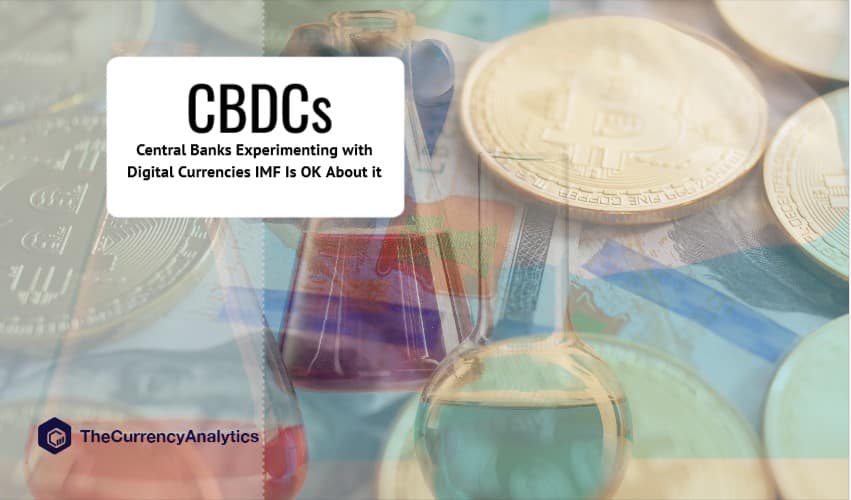
All throughout the globe, central banks are developing their own digital currencies. Some are about to debut it, while others have just recently begun working on it. In each case, the IMF recognises the movement and expresses its support, notwithstanding popular opinion.
For a long time, MF has been pro-CBDC, and central banks from all over the globe have been looking to digital currencies to replace cash, and several have made significant progress. President Kristalina Georgieva of the International Monetary Fund has highlighted the current push toward CBDCs and reaffirmed the IMF’s support for them, saying:
“We know that the march toward CBDCs is gaining traction, thanks to Central Bank creativity.” In all, more than a hundred nations are investigating CBDCs in some way. Some are investigating, testing, and providing CBDC to the general population.”
“As you might expect, the IMF is deeply involved in this issue, providing technical assistance to a number of members. The Fund has an essential role to play in promoting experience sharing and supporting CBDC interoperability.”
Many of the 100 nations identified by President Georgieva are still developing. However, some countries, such as Mexico, are still debating whether or not to launch their own digital currency.
Canada began work on the CBDC in 2019, while Russia and India have been working on their own digital currencies. The Federal Reserve, the European Central Bank, the Bank of Japan, and the Bank of England are all developing their own CBDCs.
In the last two years, however, three CBDCs have been launched: DCash in the Eastern Caribbean, the Sand Dollar in the Bahamas, and the eNaira in Nigeria. They were not, however, as successful as China’s digital money, which is still in the trial stage.
In 2016, the State Council of the People’s Republic of China began developing the digital renminbi (digital RMB), which included Chinese internet heavyweights such as Tencent, Alibaba, Huawei, JD.com, and UnionPay. Digital RMB was introduced as a test in 10 cities and regions in April 2021. Digital RMB was utilized to perform more than $9.7 billion in transactions in less than six months.
CBDCs provide a lot of advantages. CBDCs provide a number of advantages for central banks and governments, as President Georgieva pointed out:
“If CBDCs are structured well, they have the potential to provide more resilience, safety, availability, and cost savings than private forms of digital money.” When opposed to unbacked crypto assets, which are intrinsically volatile, this is undeniably true. Even the better-managed and controlled stablecoins may not be able to compete with a central bank digital currency that is both stable and well-designed.”
The public, on the other hand, is not as enthusiastic about CBDCs as the IMF is. While the decreased volatility and more safety may be seen as advantages, a recent poll revealed that many people are wary of engaging authorities in cryptocurrency because of privacy concerns.
These worries were echoed by Banco de Mexico’s previous chairman, who stated:
“We have no idea who is using a $100 note today, or who is using a 1,000 peso bill today.” The main distinction between the CBDC and the CBDC is that the central bank will have complete authority over the rules and regulations that will govern the use of that expression of central bank digital responsibility, as well as the technology to enforce it.”
Get the latest Crypto & Blockchain News in your inbox.